In the Book of Songs, it is said, "The peach blossoms are in full bloom, their colors are bright and vivid like fire. This girl is getting married and will make her husband's family happy and harmonious. (桃之夭夭,灼灼其华。之子于归,宜其室家。)" With a few words, it outlines a prosperous scene of joyfulness and marriage of men and women.
Chinese marriage rituals were formed during the Xia and Shang dynasties, and because the ancient ritual of marrying a wife was often held at dusk, it was known as the "Hun Li (昏礼)". Since ancient times, people have attached great importance to weddings, and on this day people dress up to celebrate this important event in their lives and gather many good wishes on their wedding clothes. In recent years, more and more people are choosing traditional Chinese wedding dresses for their weddings, and the beauty of the Feng Guan (凤冠, phoenix crown) and Xia Pei (霞帔) has stunned countless people.
Chinese traditional wedding dresses are not only beautiful, but also have the weight and uniqueness of the ancient oriental culture, let's follow ArtMoment to explore the romance that has lasted for thousands of years and belongs to the Chinese people.
Tang Dynasty: warmth and splendor
As the most glorious dynasty in ancient China, the people of the Tang Dynasty had an unprecedented openness and diversity of ideas, and this openness was also reflected in clothing, folklore and the marriage system.
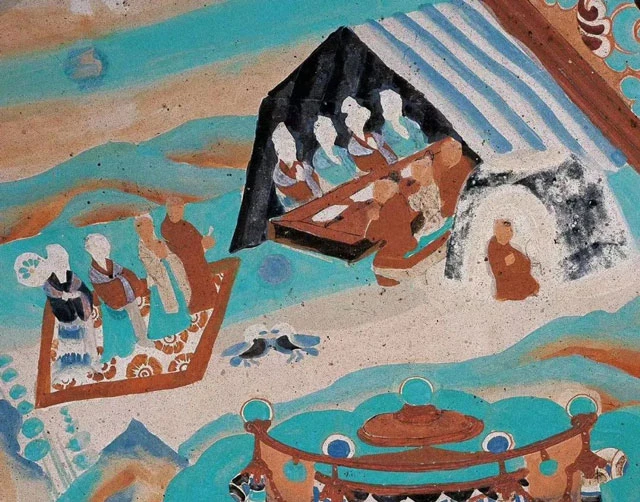
The Tang Dynasty Wedding in the Mogao Caves Murals at Dunhuang
One example is the criteria for choosing a spouse. Although the concept of the gentry was still important in the early Tang Dynasty, in the middle and late Tang Dynasty, more importance was placed on whether a person had talent. People believed that if the new son-in-law could stand out in the imperial examinations, the wife would benefit from the husband, who was regarded as a proper potential stock.
Therefore, with the rise of the imperial examination system, the phenomenon of choosing a son-in-law in the announcement of imperial examination scores emerged in the Tang Dynasty. The concept of a talented man marrying a beautiful woman was also formed in the Tang Dynasty, and has been passed down to this day.
The wedding ceremony in Tang Dynasty was grand and full of rituals. Although Li Yuan, the Tang emperor, made clear rules for all classes of dress, but in practice, people could wear a higher level of dress on the wedding day than in daily life.
The ancients attached great importance to etiquette, and weddings, as one of the five rites of ancient China, were even more valued by the ancients. On the day of the wedding, people were allowed to dress up for the ceremony, and this kind of situation, which temporarily exceeded the rules of daily rituals in order to show the preciousness of the wedding, was called "She Sheng (摄盛)". To this day, we still see this phenomenon at Chinese weddings, such as the wedding cars being rented or borrowed to welcome the bride. These wedding cars are in most high-class cars, often beyond the groom's own social status and financial level, the use of such luxury wedding car array, to express the importance of the marriage.
Then how the "She Sheng" reflected in the wedding of the Tang Dynasty? Regardless of the status of the groom, he can wear beyond their rank of official robes. So that's why the groom will have the name "Xin Lang Guan (新郎官, groom official)". There is also a saying that wearing official robes on the wedding day shows that the marriage relationship has been supported and valued by the government.
Compared with the solemnity of the previous dynasty, the wedding dresses of Tang women were more grounded, more enthusiastic, and festive. During the Tang Dynasty, women's clothing was popular with the shirts and skirts system (Shan Qun), consisting of a short blouse and skirt. Taking the bride's attire in the Dunhuang frescoes as an example, the top has about two layers, with a white Zhong Dan (中单) inside, a large-sleeved jacket outside, and a red high-waisted or flounced floor-length skirt with a Pi Bo (披帛, shawl).
In terms of color, the wedding dress of Tang women was lime green. In Chinese, green (绿) is pronounced similarly to Lu (禄), which means blessing. The women of the Tang Dynasty loved red, and also liked red with green. This was an extremely rich and strong color scheme, and the bold color scheme of red and green in the Tang wedding dresses created a gorgeous Tang Dynasty.
The Tang Dynasty was a poetic dynasty, and this poetry was also infused into the Tang wedding. On the day of the wedding, the anxious husband's family would lead dozens of people urging the bride to quickly put on makeup and come out, this process is called Cui Zhuang (催妆), and there were many beautiful poems about it.
“不知今夕是何夕,催促阳台近镜台。谁道芙蓉水中种?青铜镜里一枝开。”
The Tang Dynasty poet Jia Dao had a poem: "I don't know which year I belong to today, stand in front of the balcony and sit in front of the mirror. Who says that hibiscus must be planted in water? Isn't there a branch of hibiscus blooming in the bronze mirror?" Although it is a poem urging the bride to put on makeup, it is actually praising the bride for being as beautiful as a hibiscus in water. This festive and funny ritual has been handed down to future generations.
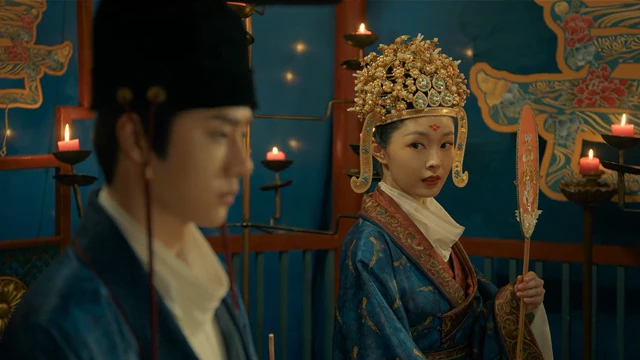
Hanfu wedding in the drama "Luo Yang"
Mostly because the bride is shy, she will cover her face with a fan after the makeup is done, and only after the wedding to remove, this custom is also known as "Que Shan Li (却扇礼)". This is also one of the popular customs in Tang Dynasty weddings.
Then came to the place where the couple held the wedding - Qinglu (青庐), and is set up outside the house with a green cloth tent. It is used by wedding couples in the Tang dynasty to welcome the bride. In the green hut, the new couple will cut a lock of their long hair respectively, then putting into the silk brocade bag together, meaning "Jie Fa Fu Qi (结发夫妻, husband and wife by first marriage)", and it can also be used as a token to show the same heart to be together forever, quite romantic.
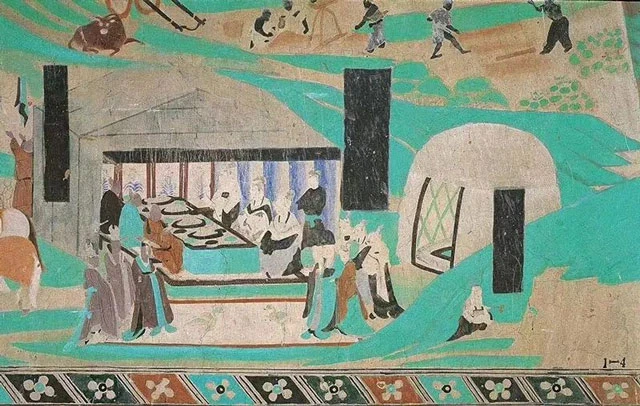
Qinglu
When the tedious ceremony is over, the newlyweds enter the bridal chamber, at which time the "Sa Zhang (撒账)" will take place. After the newlyweds sitting on the bed, someone will throw money and colored fruits at the newlyweds, taking the meaning of wealth and many children.
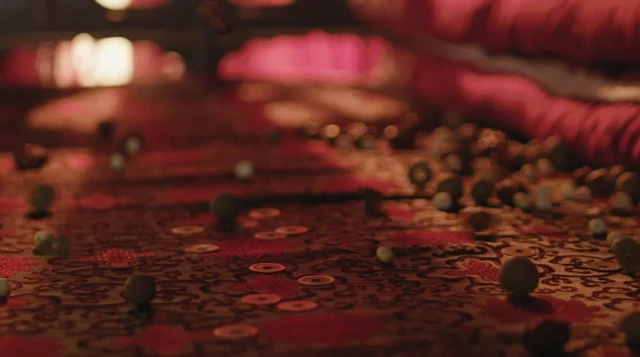
Sa Zhang
The wedding of the Tang Dynasty was extremely luxurious, and there were many programs. Until after the bridal chamber, with the red candle burning and the night deep, the couple can sleep. The next day, when the eastern sky is white and the sun rises, the married life of the couple starts.
Song Dynasty: elegant and beautiful
The Song people pay more attention to ethics and moral standards in the wedding ceremony. It is not difficult to imagine that it was the authentic Confucianism promoted by the upper class of the Song Dynasty that changed the aesthetic concept of the Song people. The Song Dynasty advocated elegant and gentle dress styles. Therefore, the overall aesthetic choice is more simple and natural. Compared with the Tang Dynasty, it is less gorgeous and bright, but more elegant and solemn.
In Dongjing Meng Hua Lu (东京梦华录), recorded that the bridegroom's family would send gifts to the bride's family three days before the ceremony, including jewelry and rouge for the bride's makeup, while the bride's family would send back men's clothes and hat with colorful ribbons to show that they had received the gifts.
Next, let's take a look at the wedding dress of the Song Dynasty.
In the Song Dynasty, the bridegroom could wear official costumes for marriage. On the day of marriage, the groom would wear official hat Futou (幞头), ninth-grade long-sleeved green robes, leather belt, and black leather boots.
Women's wedding dresses in the Song Dynasty basically followed the shape and system of the Tang Dynasty. For example, the royal family of the Song Dynasty still used cyan clothes for marriage. Belts, Bi Xi (蔽膝), shoes, and socks are all cyan color, and the neckline, cuffs, and hems are with red cloud dragon pattern edging.
But the Song Dynasty women's wedding dress also had some changes of its own. For example, although there are red and green collision color, but more will choose low purity and saturation color. The overall color tends to be soft and light, elegant and solemn, basically plain and in an elegant tone, more emphasizing naturalism. In the late Song Dynasty, red wedding dresses for women gradually appeared.
The shape of women's wedding dresses in the Song Dynasty was Da Xiu (大袖, large sleeves), long skirt, and Xia Pei.
The Da Xiu are named due to the width of the two sleeves reaching the knee. For women in the Song Dynasty, Da Xiu are ceremonial robes, which are usually only used on important or specific occasions such as weddings and canonization.
The most characteristic change of wedding dress in Song Dynasty is Xia Pei, developed on the basis of Pi Bo in the Tang Dynasty. Its style is long and narrow with embroidered patterns, worn from the back of the collar to the chest and draped over the shoulders. The lower end of the front is tied with a Pei Zhui (帔坠) made of gold or jade, avoid the Xia Pei float. The decoration of the Pei Zhui is mainly of birds and flowers.
The Pei Zhui was also one of the "three gold gifts" that Song Dynasty people needed to prepare for marriage. During the period of the Southern Song Dynasty, the bridegroom should prepare three kinds of gold for marriage. "As for the betrothal gifts, the rich should prepare three kinds of gold gifts for the bride: gold bangles, gold bracelets, and gold Pei Zhui." Everything about the wedding was elaborate.
After the bride dresses up, taking a sedan to the ceremony which officially begins at her husband's home. When the bride get off the sedan, her feet should not step on the ground, but walk on a blue cloth strip or felt mat. At this time, family and friends attending the wedding ceremony will sprinkle grains, beans, and money to the newlyweds.
The bride needs to step over the saddle before entering the door. After entering the house, the newlyweds will hold the true lover's knot, indicating that they will be closely combined from now on. During the ceremony, the newlyweds also drink cross-cupped wine, also known as the He Jin ceremony (合卺礼), which dates back to the pre-Qin period and has been carried on to the Song dynasty.
Ming Dynasty: festive and luxurious
Time passed to the Ming Dynasty. Although the Ming Dynasty followed the system of the Tang and Song Dynasties, with the awakening of the people's own consciousness and the pursuit of beauty, the costumes of the Ming Dynasty had shown a prosperous scene of promoting individuality, seeking new and different things. The Ming Dynasty can be regarded as the masterpiece of ancient Chinese costume culture, and also created the peak period of development of traditional Chinese wedding costumes. The Ming Dynasty's colorful embroidered dragon and phoenix red wedding costume, the Feng Guan and Xia Pei, as well as the red bridal veil, have left a deep impression on future generations.
The Ming style clothing is quite popular among modern people because of its elegant and dignified style, what kind of wedding clothes did Ming Dynasty people wear?
When a Ming official married, he would wear a Wu Sha Mao (乌纱帽) with a flower hairpin and a large red round-necked robe with Buzi. Ordinary men can wear ninth grade lime green official clothes, or cross collar big sleeve robe as wedding auspicious clothes. In addition, Ming men in the wedding, will wear a red brocade in the shoulder diagonally, known as "Pi Hong (披红)", indicating the joy or glory.
Civilian women usually in Di Ji hairstyle or gold crown, a large red robe, and a red silk covering the head. It is worth mentioning that before the Ming dynasty, the Feng Guan and Xia Pei can only be worn by the royal family or the noble wife, while in the Ming dynasty, civilians can also wear them at weddings. Although there is no explicit provision, it is speculated that the tacit is approved by emperor. The common combinations of wedding dresses for Ming brides were red lapel shirts with large sleeves, Feng Guan, Xia Pei, green dresses and red satin embroidered shoes.
When it comes to the color of traditional Chinese wedding dresses, the first impression of many people is red. In fact, it was not until the Ming Dynasty that the wedding dress was really established in red. Before the Ming Dynasty, the Zhou Dynasty wedding dresses were mostly black and white wedding dresses once appeared in the Wei and Jin Dynasties, while the Tang and Song Dynasties took cyan and red. So how did red dresses gain respect in the Ming Dynasty?
Ancient Chinese believe that the world consists of five elements and fire is the main element of Ming Dynasty. The emperor Zhu’s surname also has a red meaning. So, national politics and culture are advocating the color red. The red color, like the sunrise, symbolizes good luck, happiness, and joy, and also signifies the beauty of life and love. Gradually, the red culture penetrated into all aspects of China and become the representative color of the nation.
A thousand years history of Chinese wedding dresses
Chinese wedding dresses have a thousand-year history. Since the Zhou Dynasty, there has been a tradition of dress, and it has evolved through different dynasties, from the extravagance of the Tang Dynasty to the exquisite beauty of the Song Dynasty, and then to the solemn atmosphere of the Ming Dynasty, each era has its own wonderfulness.
The Chinese wedding dresses, which show the beauty of the East to the fullest, have carried the importance of the Chinese people to the family and their aspirations for the future for thousands of years. The traditional elements contained in the wedding dress are not limited to the joy of the newlyweds. It also contains the inner vows of happiness, pairing up, growing old together and having a son early.
If you ask the ancient Chinese how to show romance through the wedding? That would probably be: "I promise you the phoenix crown and the life without worries, wishing our life with breeze wind and bright moon to accompany us to the end of the world."
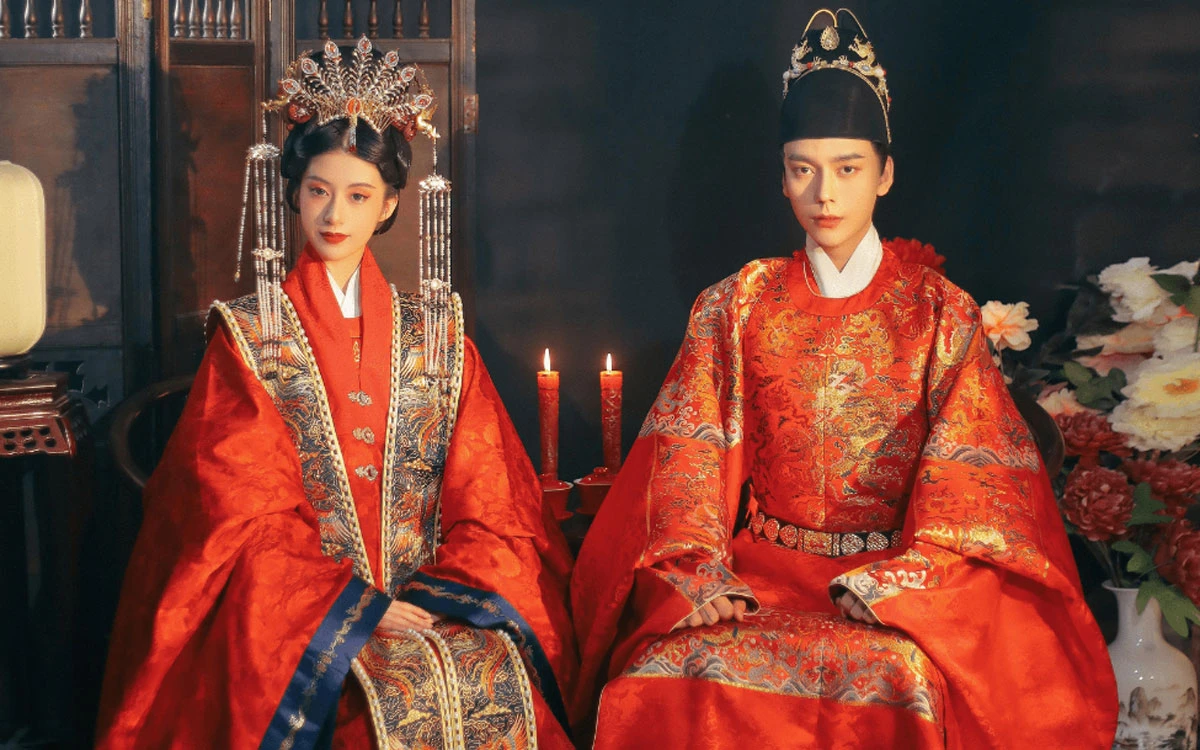
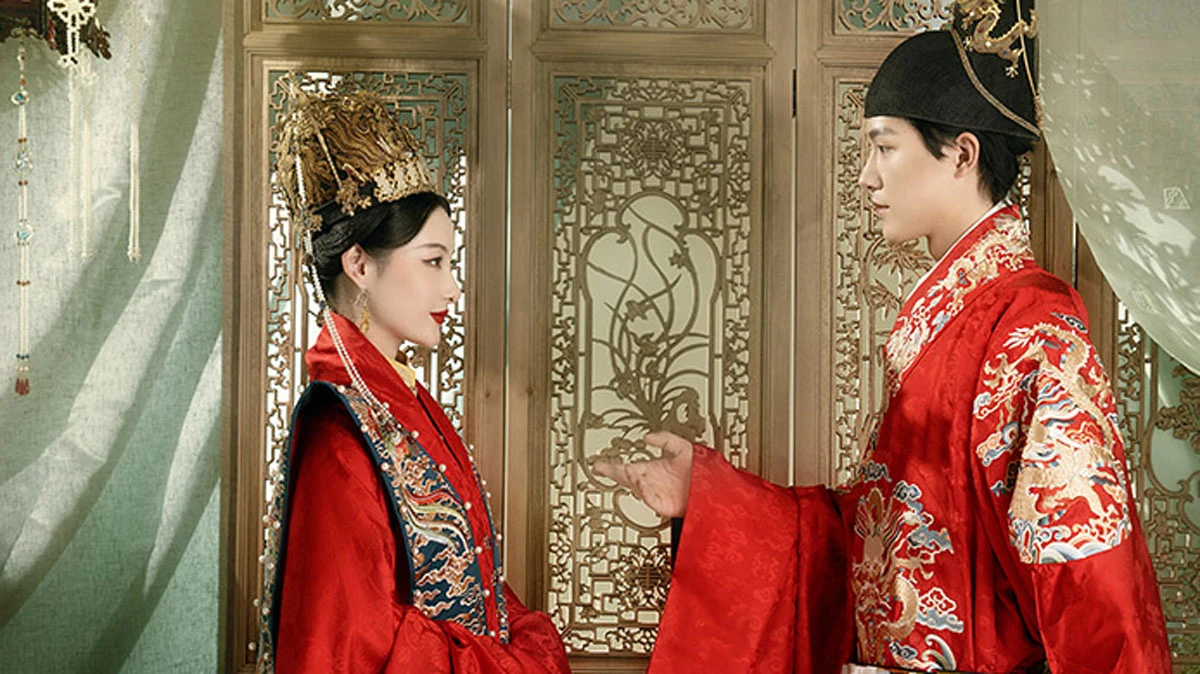
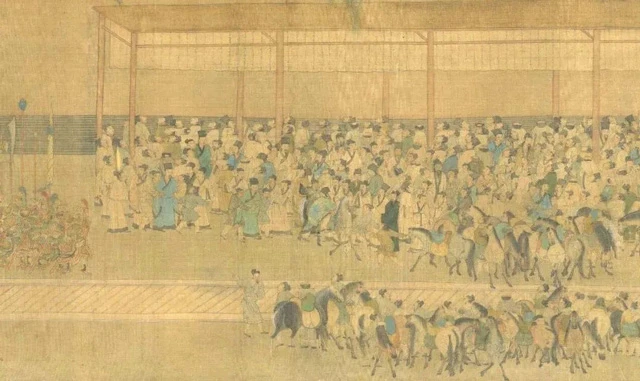
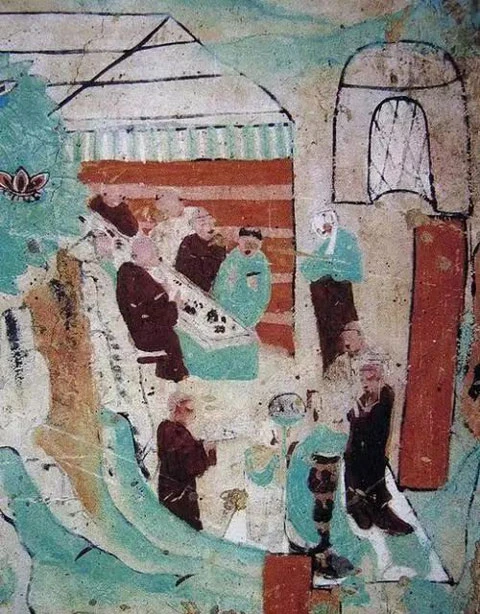
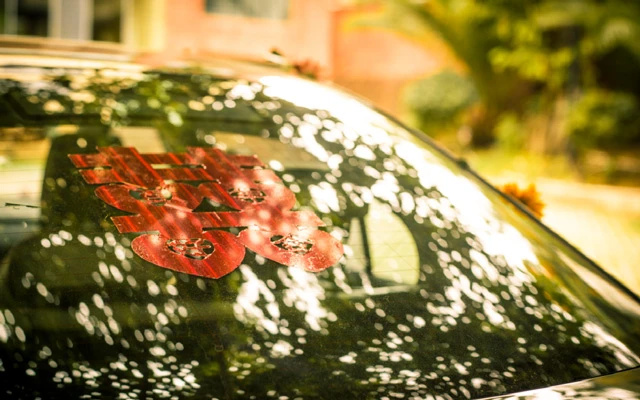
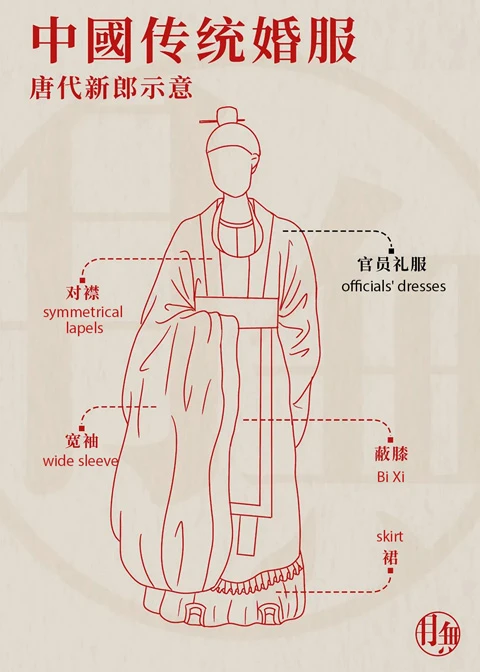
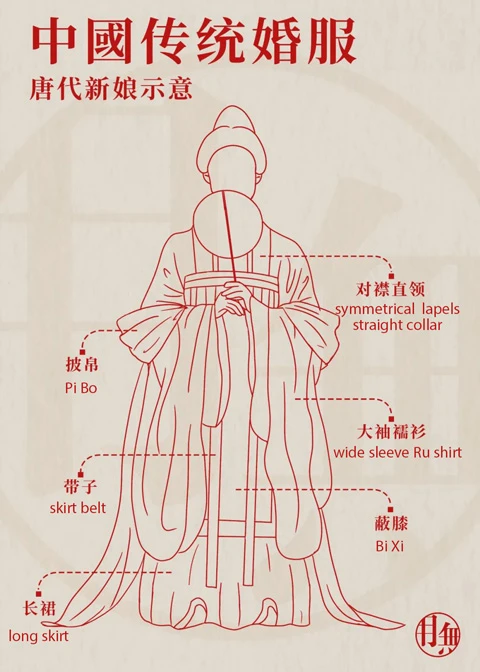
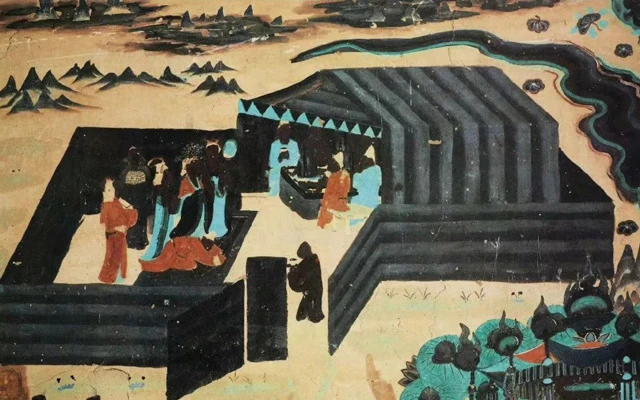
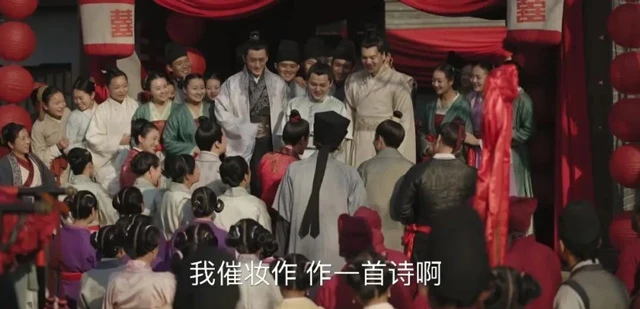
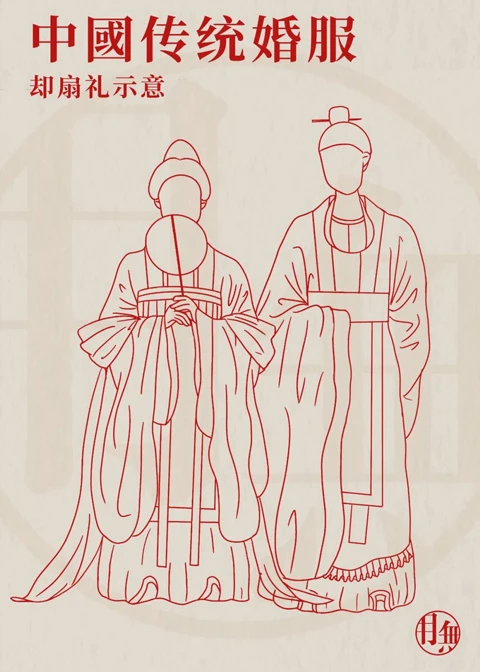
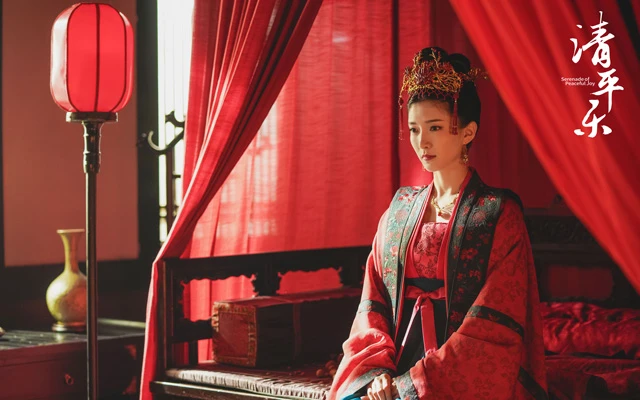
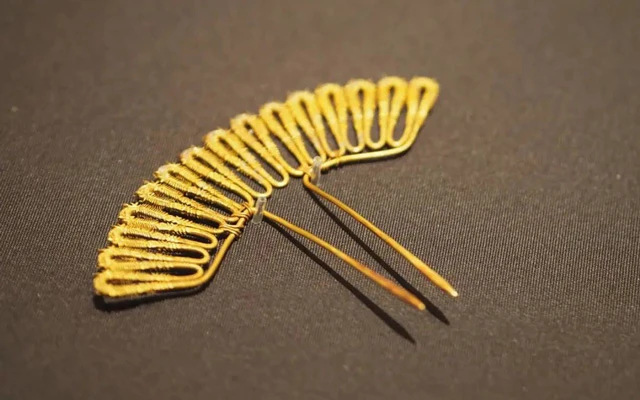
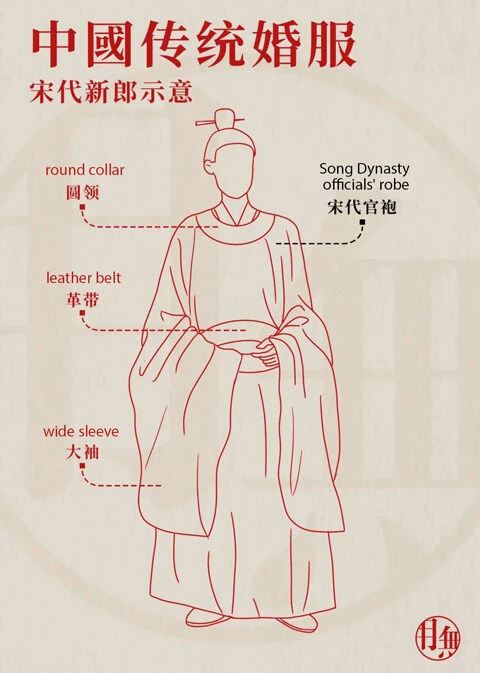
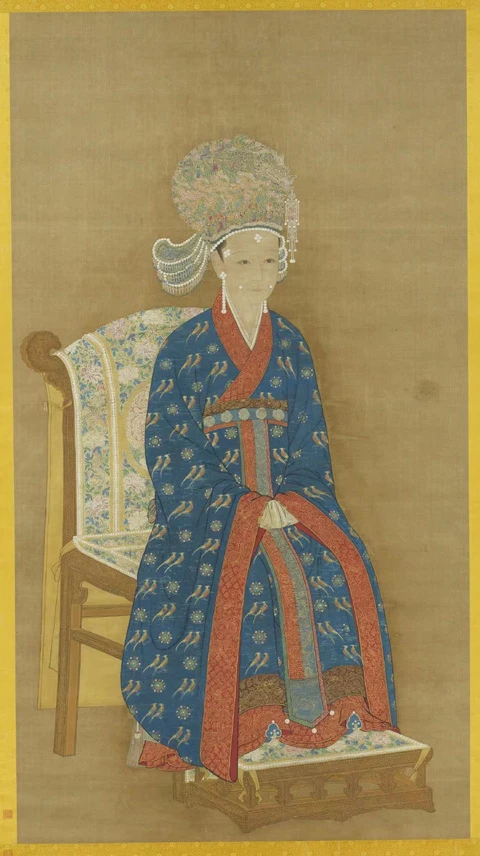
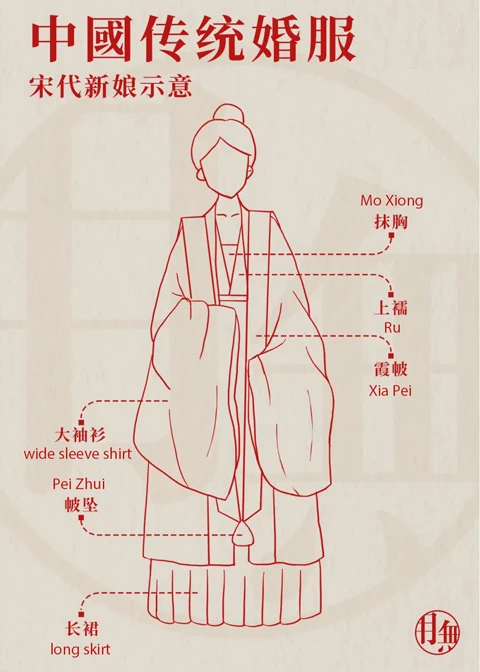
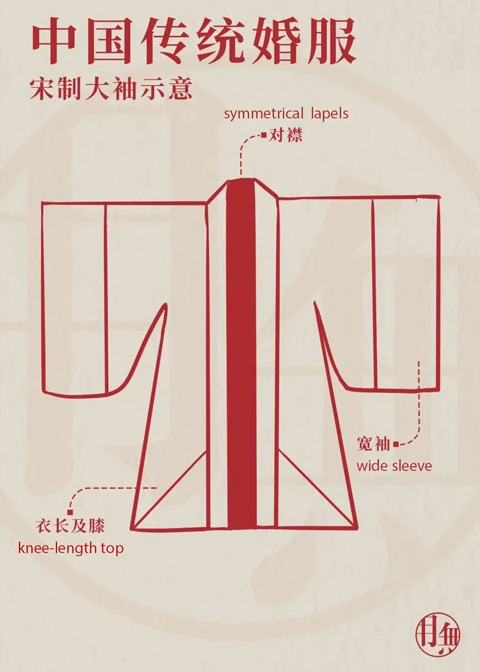
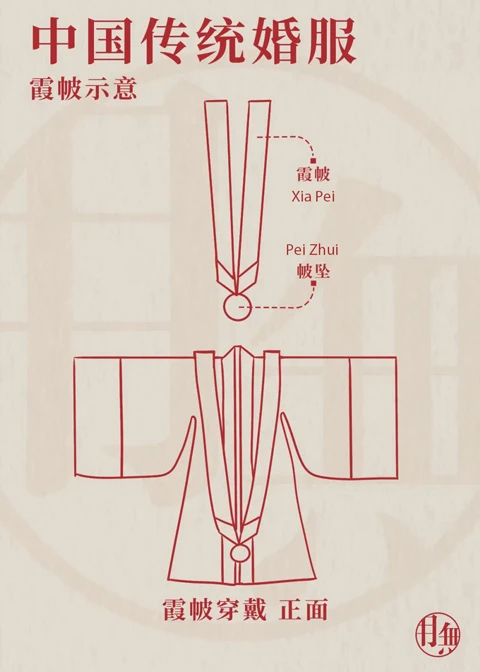
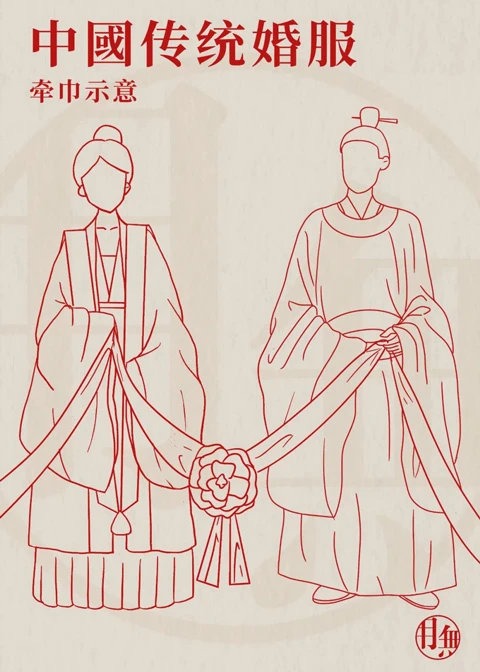
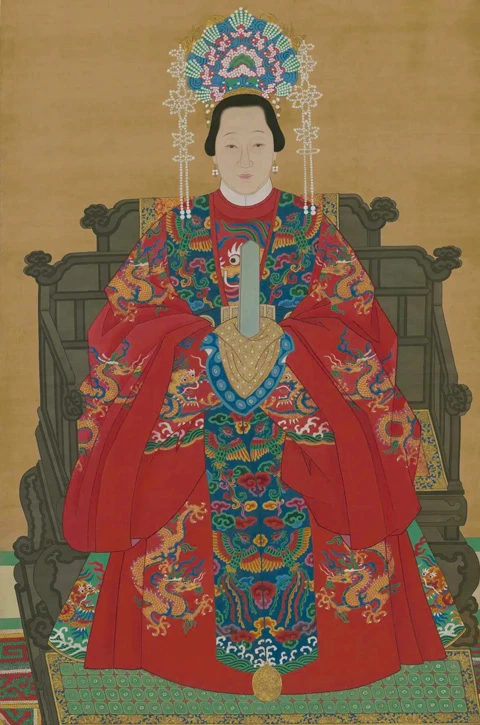
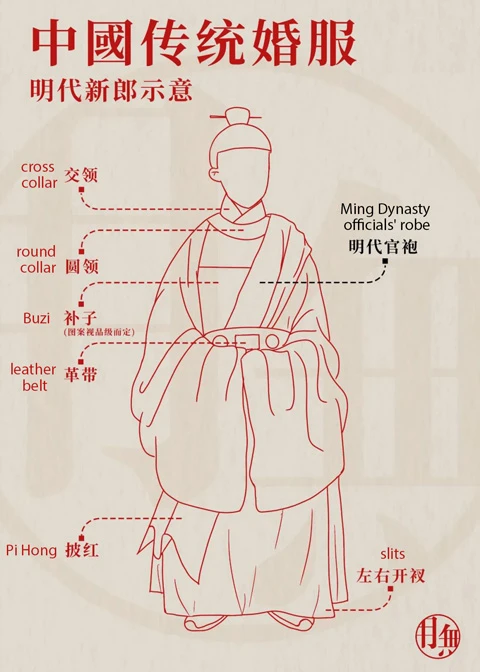
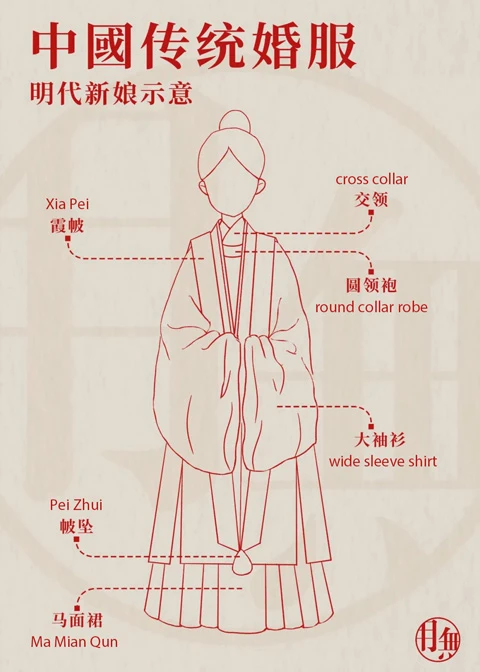
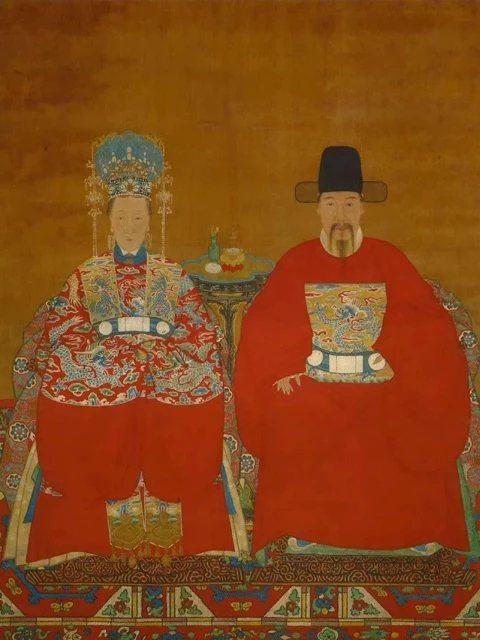
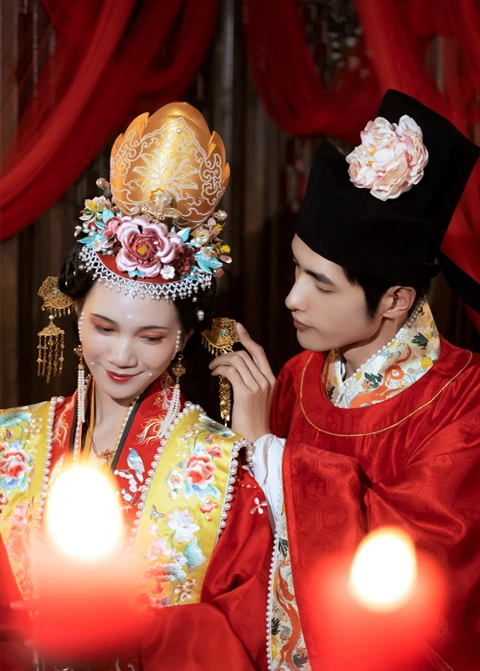
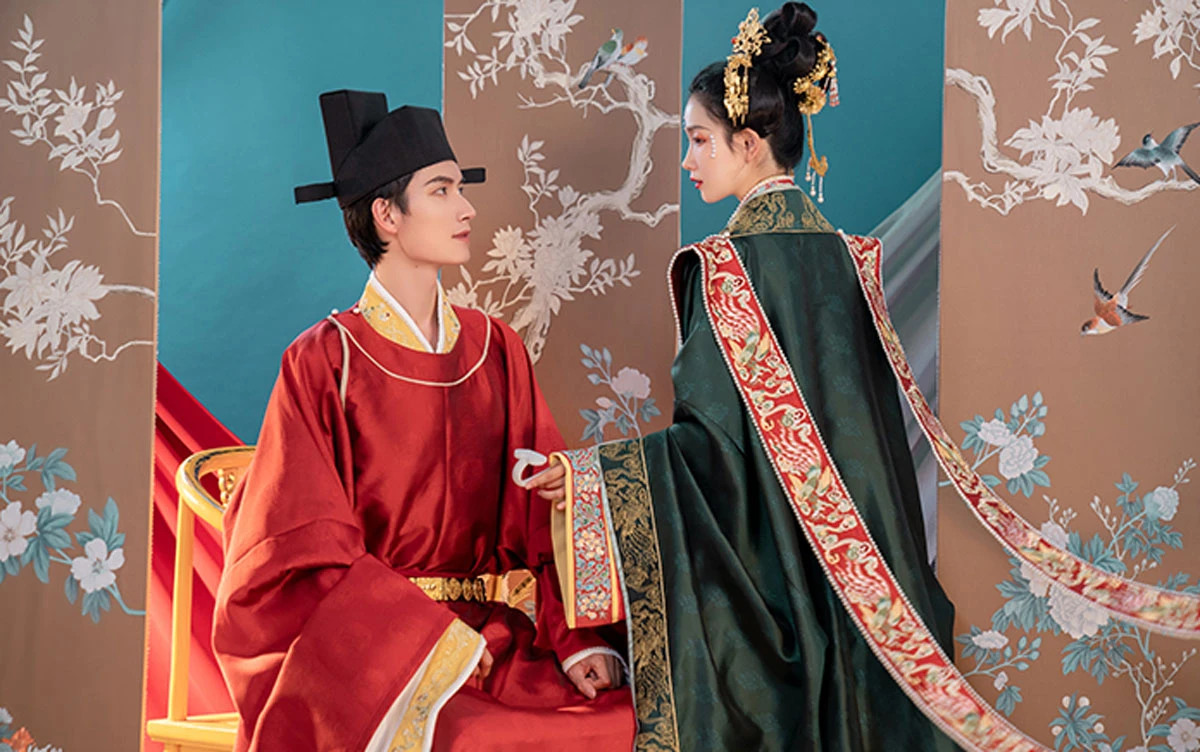

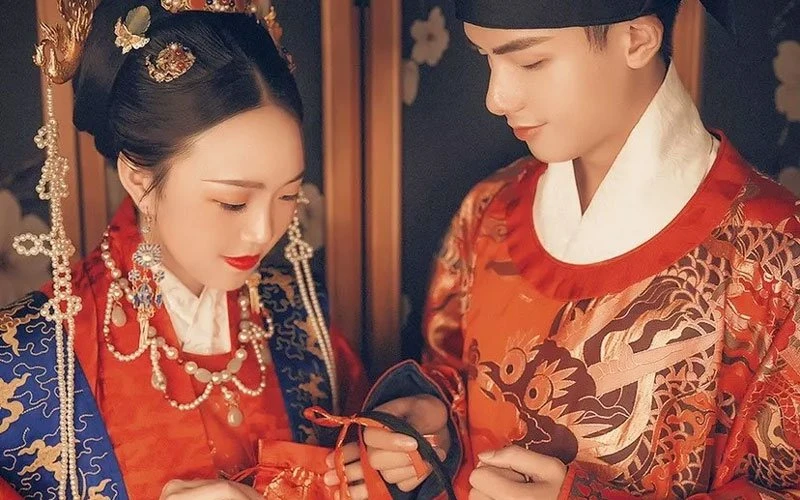
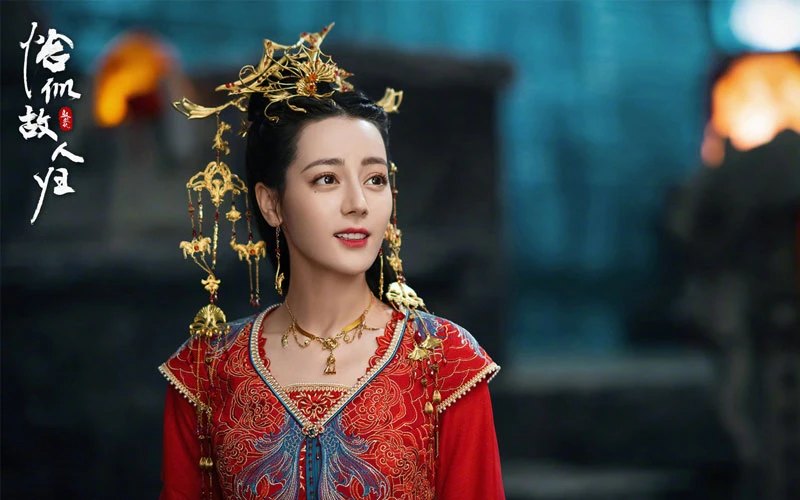

Ciri khas banget warna merah
Terimakasih artikelnya
Great! Thanks for this article. I like the clarification that wedding dresses haven't been always red.
Thanks for the article!!